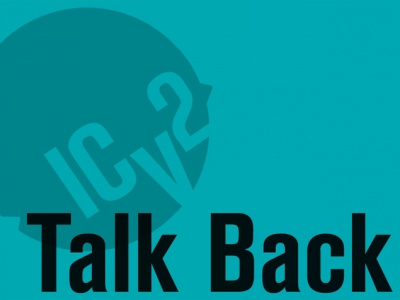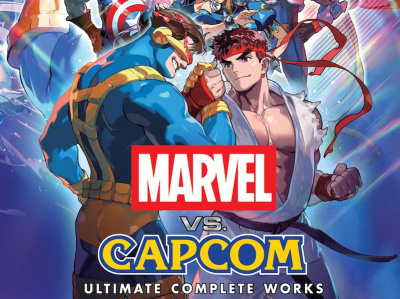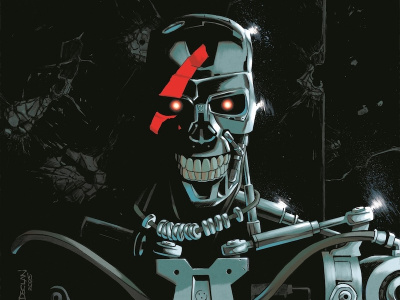James Meeley, assistant manager of Ron's Coin & Collectibles in Yakima, Washington saw Steve Bennett's latest column on comic formats (see 'Confessions of a Comic Book Guy -- Resolved: Comics Should Be Less Expensive'), and had this to say:
Well, I'm glad that Steve Bennett admitted that some of his words calling for the 86-ing of the classic comic format, weren't just over-the-top, but also a bit premature (at least for the foreseeable future). I'm glad that he sees, if nothing else, that the format is a 'necessary evil' for the current marketplace.
After the last piece, I talked with others, both fans and retailers, on this topic. Most of them backed up my previous point that the classic monthly format still has a place at the industry table, even if it's not the head of the table anymore. However, they also agreed with Bennett that there needs to be more experimentation with other formats, beyond the monthlies and trades. And I agree with that as well.
The one thing most others (including myself) thought would be a good idea is a comic digest-style magazine (somewhere in the range of 68 to 100 pages long). Archie Comics has had these for quite some time and they sell very well for them. I think Marvel and DC (at least) could experiment with something similar with their most popular icons (Spider-Man, Batman, Superman, etc. to get those characters and series back into the newsstand market and into the hands of the youngest readers. They don't even have to have the newest of material. Imagine a 96-page Ultimate Spider-Man Digest, with the first 3 or 4 issues of the series in it. They could continue to follow the regular series (albeit slowly catching up to the current issues) for some time, before newer material would become an issue. The same could be done with Batman and other popular creations, as well.
One thing I want to address from Bennett's latest piece is the point of 'value.' I know exactly what he means with it and largely I agree. But there is also a value to the monthlies. Yes, they are leaner in content and price. And while that isn't always the deciding factor for a potential buyer, it's certainly an important one. Yeah, it only takes 10 to 15 minutes to read a monthly comic, but why is that only being seen as a negative? While a meatier magazine might be a better value in having more content for the price, there's also the factor of time. Maybe someone doesn't have an entire hour or more of time to devote to a magazine format of that size. A monthly would seem a better fit for that person.
Besides that, it's also a great tool to market a series to someone that they've never tried before. Trying to get someone to try a new book can be tricky. And getting them to pick up a trade at $13.00 to $20.00 a pop isn't always easy, especially if they've never tried the material before. That's how a monthly can be of 'value' to a retailer. I've gotten several people to try out the NBM series Boneyard by getting them to pick up just one issue of the monthly (or quarterly, in this case). Most have since gone on to get the series in trade format. However, the point remains that it was the classic format that was used to get them to try the work in the first place. And it being a smaller commitment than a trade is, both in money and time, is what ultimately helped to do that. Comics are a creative business. Why can't retailers get creative like this, concerning the formats, the way the artists do with what's between the covers of it? Yes, 'value' and 'content' are words retailers need to take a harder look at, but so are words like 'time' and 'commitment'.
In my eyes, what's really more of the problem is that publishers don't utilize the monthly format like it should be. The reason it worked for me with Boneyard is that I can give someone practically any issue of the series and they will get a decent story. Something actually happens in the issue, even if it is part of a multi-part story. How many mainstream comics (from Marvel and DC specifically) don't do that? How many issues have a lot of 'talking heads' with very little movement of the actual plot? How often does it seem there are all these multi-part stories that are nothing but a padded-out one to two issue story, which is being done solely for the eventual trade?







